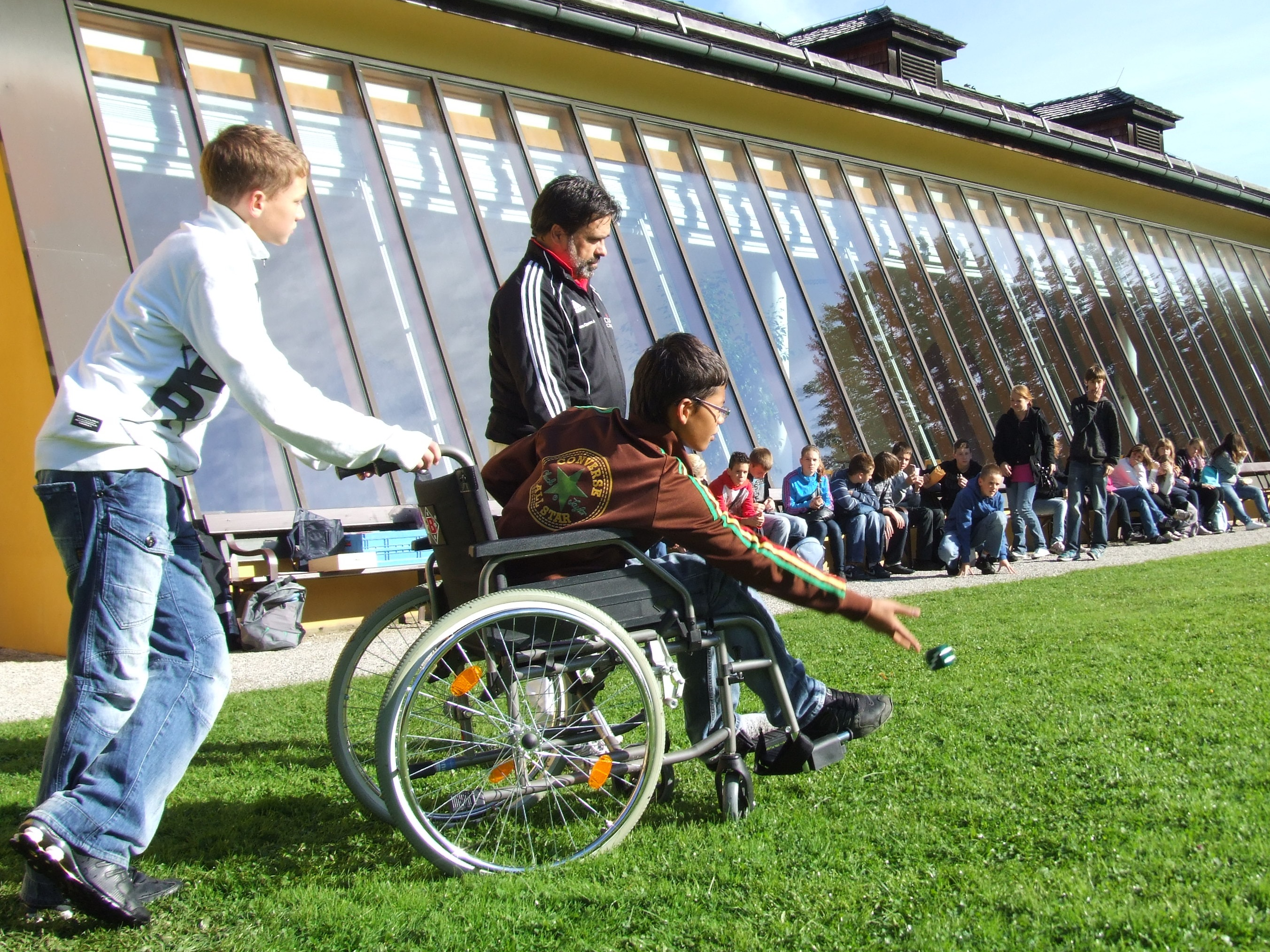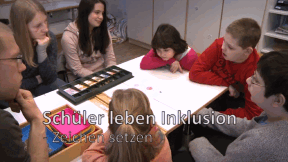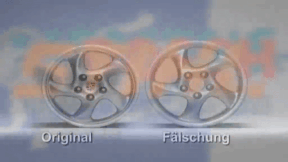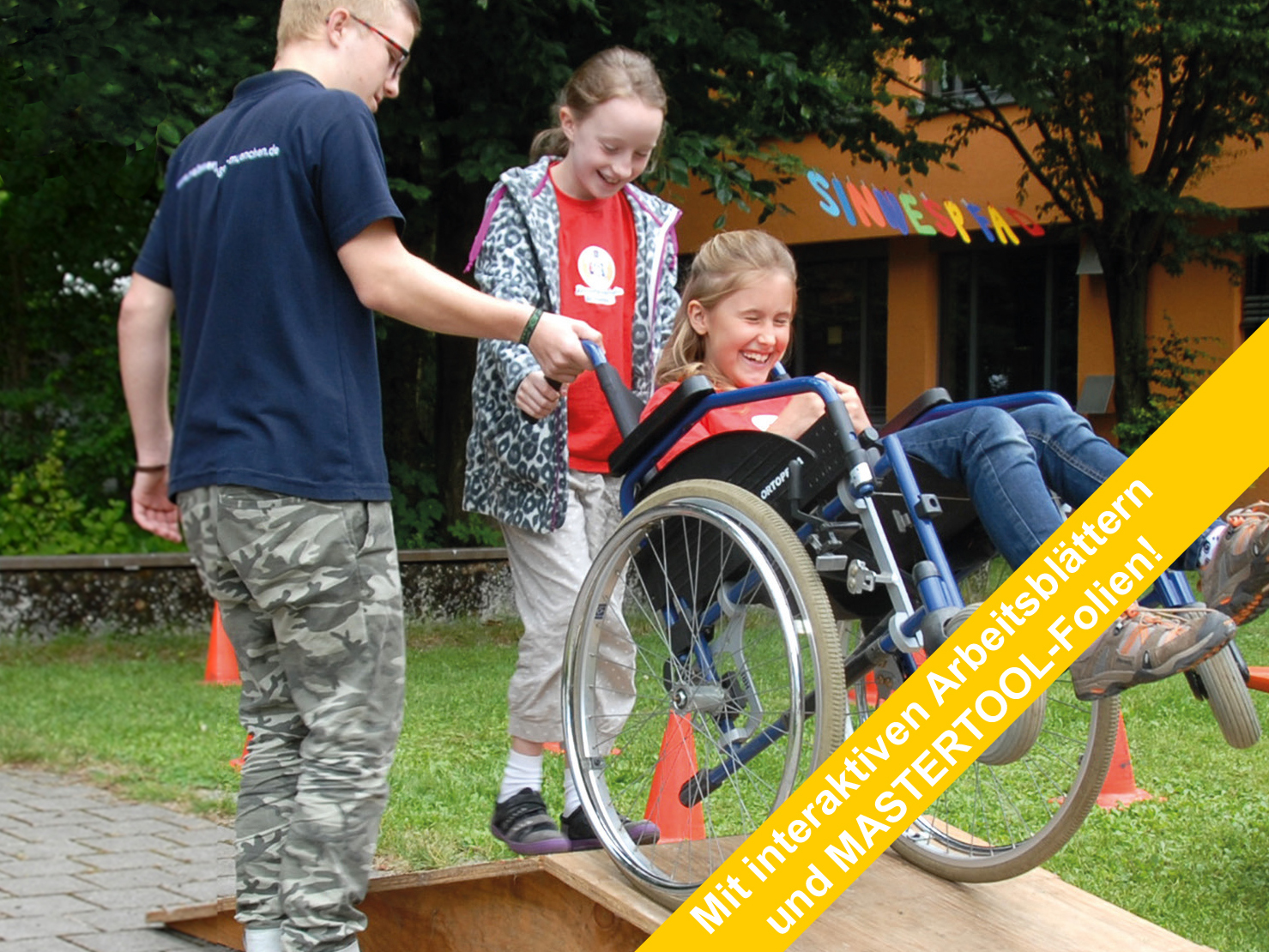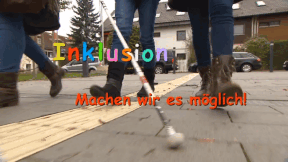 Biology
Biology
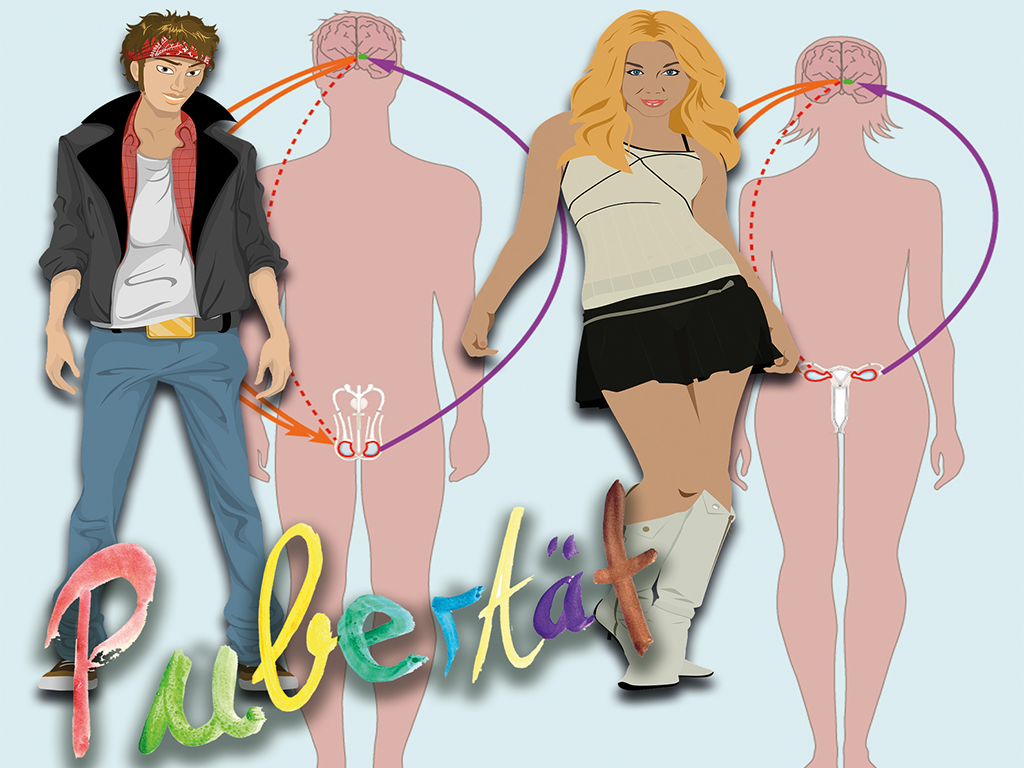

4675542 / 5563690
Pubertät
Erwachsen werden
Die Zeit zwischen Mädchen und Frau, zwischen Junge und Mann ist aufregend und extrem. Mal geht es auf, dann wieder ab. Es ist eine Zeit der Gegensätze und Launen, Irrungen und Wirrungen. Man nennt sie: Pubertät. Biologisch zeichnet sich die Pubertät durch die Veränderung der primären und sekundären Geschlechtsmerkmale aus. Der Reifeprozess verläuft bei Mädchen und Jungen unterschiedlich. Wenn Kinder in die Pubertät kommen, entsteht im Gehirn eine neue Ordnung. Früher dachte man, dass das Gehirn im Alter von sechs Jahren ausgebildet sei. Heute weiß man, dass das Gehirn während der Pubertät noch einmal ganz neu umstrukturiert wird. Die Meinung der Erwachsenen wird plötzlich nur noch sehr ungern akzeptiert. Dafür suchen Jugendliche nun verstärkt Rückhalt bei Gleichaltrigen. Unser Unterrichtsfilm zeigt die Erfahrungen von Mädchen und Jungen sowie Eltern auf. Der Unterrichtsfilm ist gemeinsam mit dem sehr umfangreichen Unterrichtsmaterial (klassische und interaktive Arbeitsblätter sowie Testaufgaben) bestens zum Einsatz im Schulunterricht geeignet.
Play trailer

Curriculum-centred and oriented towards educational standards
Matching
Pupils Practise Inclusion
When people come together, no matter under what concomitant circumstances – ultimately, it is about how these people meet and how openly they interact with one another.
Product Piracy
Counterfeiting takes place in almost all economic sectors – textiles, watches, car parts, machine parts, tools, accessories, software and medicines. Some counterfeits are easy to recognise, others are so well-executed that even experts have difficulty distinguishing between original and imitation. This DVD covers the development of a product from idea to manufacture. Once a product has become a trademark, product pirates appear on the scene.
Inclusion
Madita is eleven and blind. She does not want to go to a special school but to a regular grammar school. She says she feels "normal" there. Jonathan is eight and has a walking disability. He likes going to the school where he lives. Here, his best friend sits next to him. Max Dimpflmeier, a teacher who is severely deaf, explains that school life is not easy. Quote Max Dimpflmeier: "You don't want to attract attention, you want to avoid saying that it is necessary for you that 70 people adjust to your situation." People on their way to inclusion.




